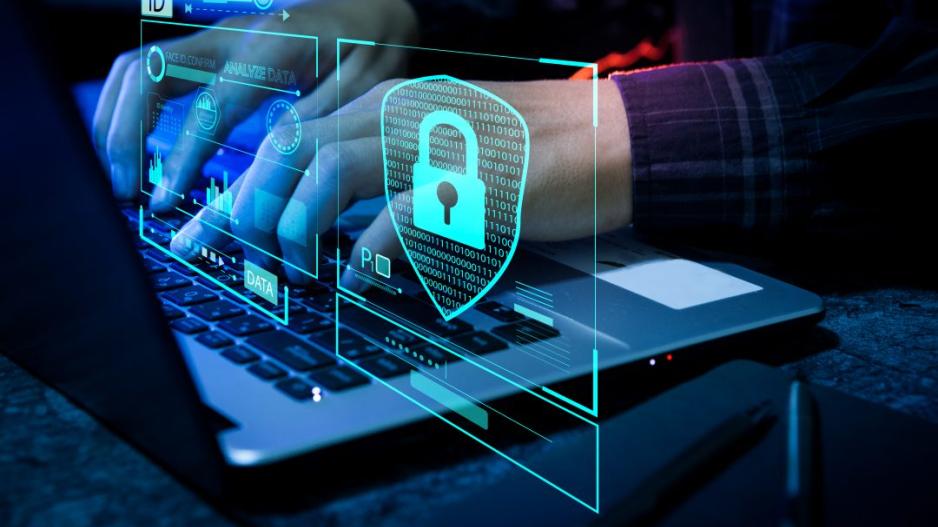Cybersecurity in the Digital Age: How Businesses Can Defend Against Growing Threats
Rising Cyberattacks Demand Advanced Security Measures and Strategic Investments
The rapid digitalization of businesses and governments has made cybersecurity a top priority. Cyberattacks are no longer a potential risk—they are a daily reality affecting organizations of all sizes.
According to cyberattack specialist and researcher Manos Meimarakis, some governments are making significant progress by developing advanced security frameworks, investing in cutting-edge technologies, and strengthening international cooperation. However, at a global level, critical security gaps remain.
The rapid evolution of cyber threats and insufficient investments have left many countries vulnerable, struggling to keep up with the escalating risks. While governments are taking action, cybersecurity remains a complex and constantly evolving challenge.
Cybersecurity systems are expected to become more adaptive, with Artificial Intelligence (AI) and Machine Learning (ML) playing a key role in predicting and detecting threats in real time.
Other critical advancements include:
-
Automated response mechanisms to accelerate incident reaction times
-
Enhanced encryption to protect against sophisticated breaches
-
Zero Trust security models, ensuring that no user or device is automatically trusted
Cybersecurity applications will be deeply integrated into technologies ranging from cloud computing to the Internet of Things (IoT), providing stronger defense mechanisms across industries.

Certain types of cyberattacks pose an extreme risk due to their ability to cripple entire organizations and critical infrastructure. The most severe include:
-
Ransomware Attacks: These attacks can shut down hospitals, energy grids, and businesses, often leading to significant financial losses or even permanent closure for small businesses.
-
Phishing-as-a-Service (PaaS): A rapidly growing industry, phishing attacks are now available as a service, making them easier to execute. 90% of hacking incidents originate from phishing, which often leads to the installation of infostealers, allowing attackers to monitor victims for months.
-
DDoS Attacks: By overloading servers with fake traffic, these attacks render critical services unavailable, impacting businesses and essential infrastructure.
-
Supply Chain Attacks: These attacks target suppliers to infiltrate larger organizations, making them especially difficult to detect and prevent.
-
Zero-Day Attacks: These exploit unknown vulnerabilities in software, leaving organizations completely defenseless until the threat is identified—often too late.
To combat cyber threats, organizations—both small and large—must implement comprehensive security measures.
For Small and Medium-Sized Enterprises (SMEs):
-
Antivirus software and firewalls
-
Data encryption and secure communication protocols
-
Incident response tools
-
Reliable backup and recovery solutions
For Large Enterprises:
-
Security Information and Event Management (SIEM) systems for centralized threat monitoring
-
Advanced access control systems to prevent unauthorized entry
-
Extended Detection and Response (XDR) solutions for real-time, multi-layered security
-
Comprehensive security strategies that integrate across all infrastructure levels
Decision-makers in both small and large organizations must prioritize cybersecurity investments by taking the following steps:
-
Assess Risks and Vulnerabilities – Identify high-value data and systems most vulnerable to attacks.
-
Implement Strong Security Measures – Ensure the right security tools and policies are in place.
-
Train Employees – Educate staff on cyber hygiene, phishing scams, and response protocols.
-
Monitor and Respond in Real Time – Continuous threat detection and rapid response capabilities are critical.
-
Collaborate with Cybersecurity Experts – Work with specialists to develop robust security frameworks.
Ultimately, business leaders shouldn’t debate whether to spend on cybersecurity—they should focus on how to invest wisely before facing a catastrophic attack. Many SMEs never recover from a serious cyberattack, making proactive defense essential for survival.






